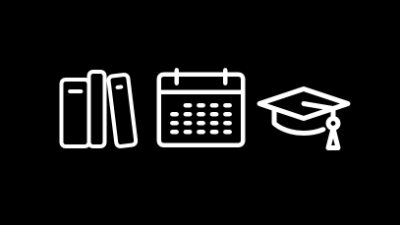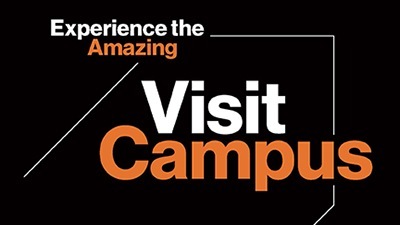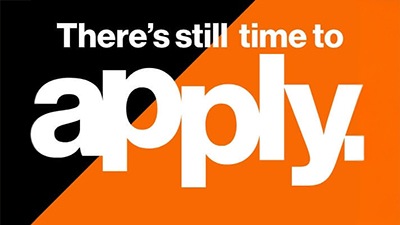Suggested Documents for Programs Using the SLPI:ASL
- RIT/
- Sign Language Proficiency Interview (SLPI:ASL)
This sub-section includes documents that may assist you in developing and refining your staff/employee sign language philosophy and policy document(s):
- South Carolina School for the Deaf and the Blind (SCSDB) Sign Language Communication Philosophy and Policy (pdf) (doc)
- Florida School for the Deaf and the Blind (FSDB) Total Communication Philosophy (pdf) (doc)
- Florida School for the Deaf and the Blind (FSDB) Staff American Sign Language Policy (pdf) (doc)
- Alabama Department of Mental Health Sign Language Proficiency Philosophy and Policy (pdf) (doc)
If you are considering the development or refinement of your staff/employee sign language program procedures documents, you are encouraged to review these documents, and the information provided in the Factors and Principles documents.
This sub-section includes documents that may assist you in developing and refining your staff/employee sign language program procedures for implementing your sign language philosophy and policy:
- South Carolina School for the Deaf and the Blind (SCSDB) Sign Language Communication Philosophy and Policy: Procedures for Implementation (pdf) (doc)
- Florida School for the Deaf and the Blind (FSDB) Staff American Sign Language Program: Procedures (pdf) (doc)
If you are considering the development or refinement of your staff/employee sign language program procedures documents, you are encouraged to review these documents, and the information provided in the Factors and Principles documents.
Documents #1 and #2 provide policies and procedures for schools to use with student teacher applicants, with both documents establishing an SLPI Intermediate Skill Level Rating or Above as the expectation for acceptance as a student teacher.
- South Carolina School for the Deaf and the Blind (SCSDB) Sign Language Communication Philosophy, Policy, and Procedures for Student Teacher and Intern Applicants (pdf)
- Model Sign Language Policy and Procedures for Student Teacher Applicants (pdf) (doc)
Documents #3 and #4 provide procedures and expectations for applying use of the SLPI with university students majoring in education of deaf and hard-of-hearing students.
- NTID Master of Science in Secondary Education (MSSE) Program Applicant and Student Sign Language Communication Skills Assessment and Follow-Up Process (pdf)
- Model Sign Language Proficiency Interview (SLPI) Information for University Students Majoring in Education of Deaf and Hard-of-Hearing Students (pdf) (doc)
Document #5 describes one methodology that may be used to collect information important to establishing reasonable/fair sign language communication skill level expectations for university students, with sample results reported and discussed in order to show how results from such studies may be interpreted.
This sub-section includes one document, Model Sign Language Community Services Policy and Procedures. This model document includes charges for community SLPI services. Another option, if your program policies, operating procedures, and resources allow, is to provide these services at no cost.
This sub-section includes three MODEL Annual Sign Language Program Reports based on Florida School for the Deaf and the Blind (FSDB) and South Carolina School for the Deaf and the Blind (SCSDB) reports:
- MODEL 1 Annual Report (pdf) (doc)
- MODEL 2 Annual Report (pdf) (doc)
- MODEL 3 Annual Report (pdf) (doc)
Annual Sign Language Program Reports are important to determining the fairness of expected sign language entry skill levels and standards/goals.
The MODEL 1 and MODEL 2 Annual Reports include information about SLPI services, the number and percentage of staff that have and have not achieved their sign language skill level standards/goals, and participation and success of staff below their goals in sign language instruction.
In addition, the MODEL 1 Annual Report includes an explanation of how SLPI results are used to help ensure staff members with similar sign language skill levels are placed together in ASL courses. This ASL course placement criteria is designed to help ensure course content is appropriate for the ASL skill levels of staff members and to help avoid the frustration that may arise for both instructors and staff members when staff members taking an ASL course have a wide range of ASL skills. This placement criteria is also helpful to instructors and staff members in making a direct connection between the ASL assessment tool being used, the SLPI, and ASL instruction.
The MODEL 3 annual report, which is based on a quarterly reporting process, includes a narrative summary that refers to two tables that summarize sign language program information for each of the four quarters of the fiscal year (FY) being reported. In addition, comparisons to past FY results and totals over several FYs may be included in the narrative summary.




